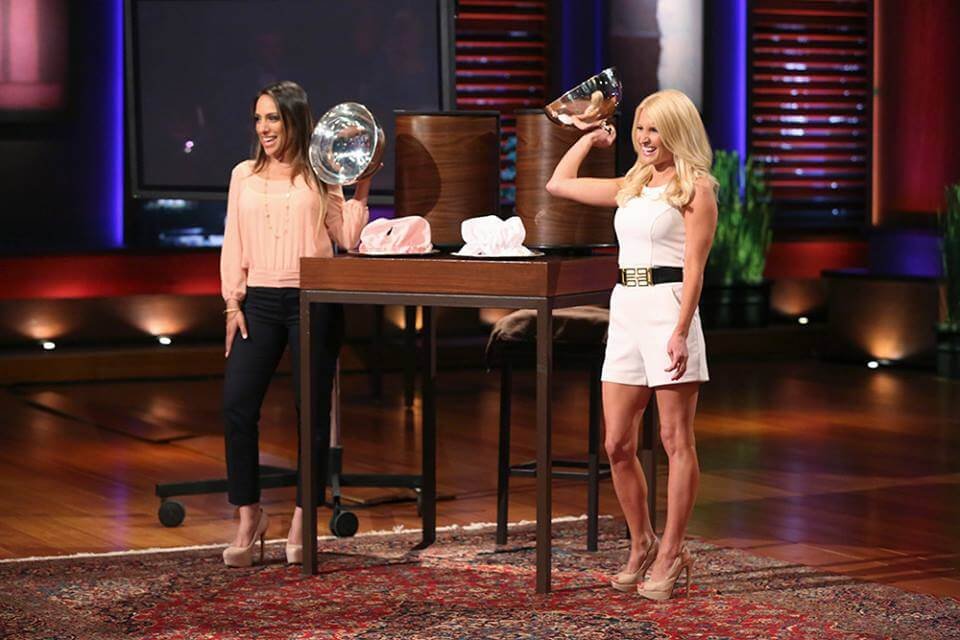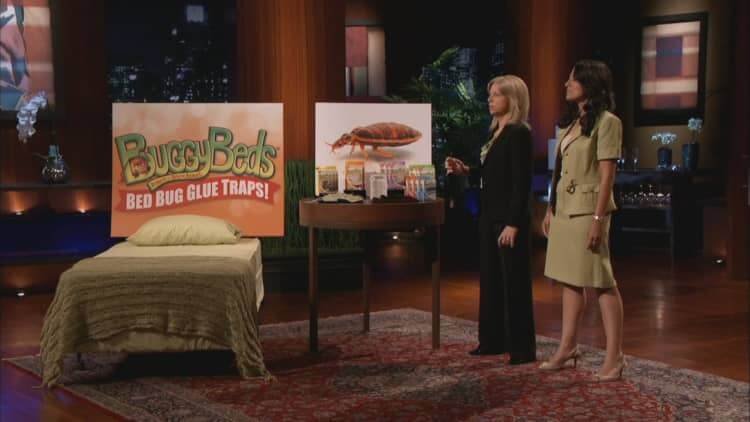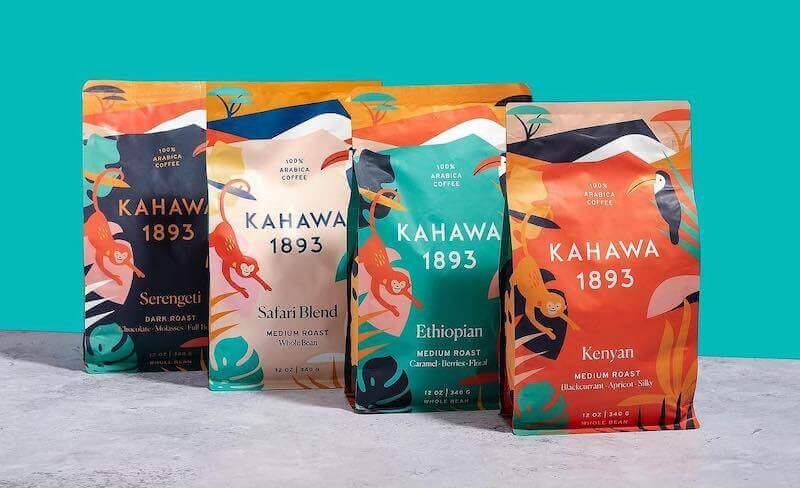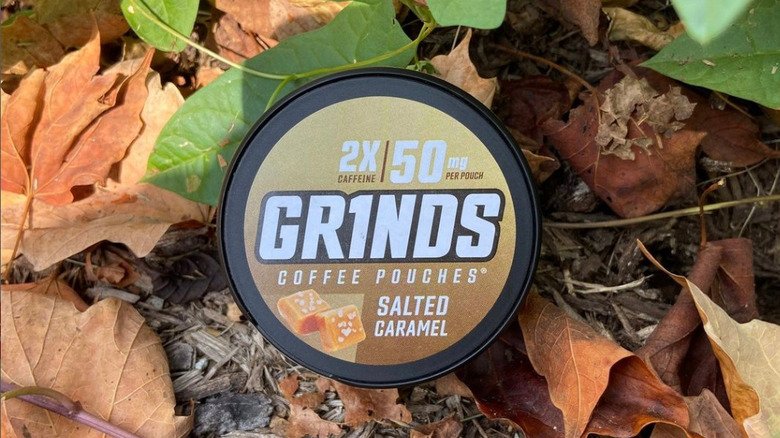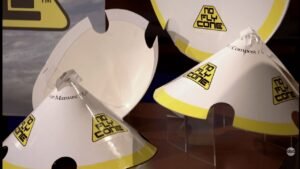Let’s cut through the Shark Tank fog: Not every pitch turns into a Scrub Daddy fairy tale. If you’ve watched enough kitchen products roll onto the carpet, you notice a pattern—some founders leave with a massive check, but most walk out with nothing but tough feedback and maybe a meme or two. Kookn’ Kap fits the second category. Did this oddball chef’s cap ever stand a chance? Let’s break down what went down, what worked (if anything), and what every entrepreneur should take away from this real-life case study.
Contents
ToggleMeet Juli Deveau & Ozma Khan: Everyday Hustlers, Shark Tank Dreamers
Kookn’ Kap started like a lot of ideas: dinner, friends, and a real annoyance—smelly hair from cooking. Founders Juli Deveau and Ozma Khan weren’t Silicon Valley tycoons or celebrity chefs. They were regular folks spotting a little gap and going for it. The theory? Most home cooks hate smelling like last night’s fish. Solution: a chef’s hat that seals in hair, locks out odors, and keeps your chow mein out of your curls.
What separates founders who make it on Shark Tank from those who don’t? It’s not background. Juli and Ozma showed up with big energy, a clear story, and (let’s be honest) something most of us can relate to: wanting to solve a problem with a simple product.
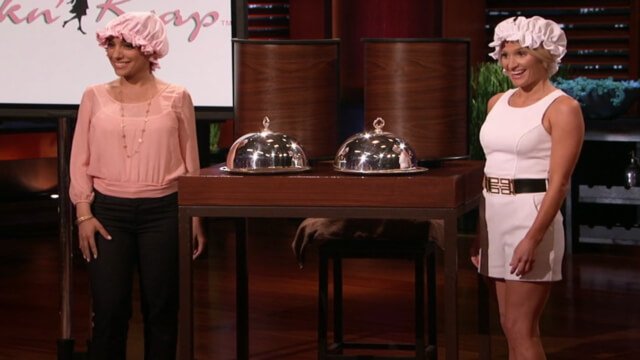
Kookn’ Kap: The Cap That (Almost) Cooked Up a Category
Here’s what Kookn’ Kap was—a modern, breathable chef’s hat, pitched as a must-have kitchen fix for home cooks worried about hair odor. Think: not just for professional kitchens but for anyone who loves frying up garlic or grilling salmon.
Their angle? Your shower cap isn’t made for the kitchen, and the classic chef’s toque is too stiff and serious for modern home cooks. Kookn’ Kap offered a tighter, lighter alternative that, in theory, blocked odor and stray hairs. Inventive? Sure. Revolutionary? Maybe not—the Sharks were about to let them know.
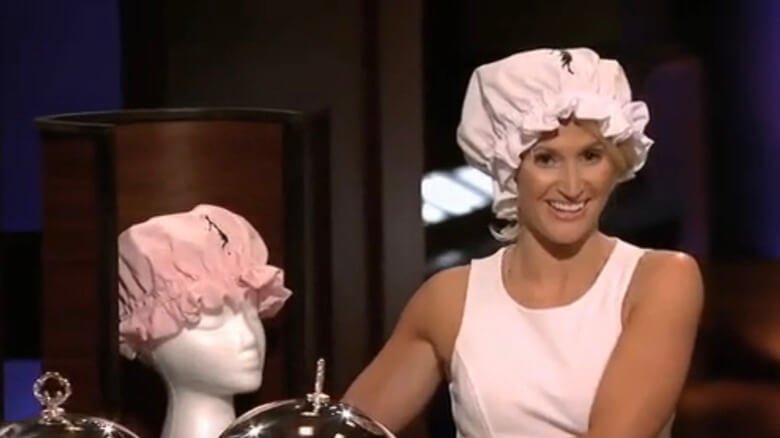
The Sharks React: All Five Pass—Here’s Why
Juli and Ozma asked for $50,000 for 20% equity. That’s a $250,000 valuation. You know how this pitch usually goes: a nervous duo, product demo, then Shark feeding frenzy—or sometimes, the exact opposite. This pitch went cold, fast.
- Mark Cuban said there might be a shot with QVC or late-night TV, but not his game. He was out.
- Lori Greiner pointed out the elephant in the room: Isn’t this just a shower cap with a new name? She bailed.
- Barbara Corcoran thought the fix was a good shampoo and a hot shower. No business here, in her view.
- Robert Herjavec hated the look. “Unattractive,” he called it—let’s be real, no one likes unflattering headwear.
- Kevin O’Leary handed them a total lemon, saying he saw zero chance this product would win in the mainstream market.
Five big no’s. Not even a nibble.
Let’s be honest—sometimes, Sharks say no because they just don’t see themselves using or selling the product. In this case, it wasn’t just personal taste—they saw big business red flags.
Kookn’ Kap’s Net Worth: Straight to the Numbers
This is where most TV summaries fluff things up. On SharkWorth, we deal in facts. Kookn’ Kap left the Tank with exactly what they brought: $0 in new money, no deal, and a $0 valuation now. There’s no room for mystery here. The company shut down the same year as their Shark Tank episode (2013), and no one’s reselling these hats now. When a business closes its doors, its net worth is zero. Simple. Brutal.
Why Didn’t Kookn’ Kap Work? The True Obstacles
Want the honest answer? You could spot the cracks right from the banter with the Sharks. Here’s where I see the real pain points:
1. Not a Big Enough Problem
Most breakthrough kitchen goods solve annoyances, not emergencies. But when your biggest competitor is a $1.99 shower cap from CVS, that’s an uphill climb.
2. Looks Matter
The product just wasn’t stylish. If you want people to wear something in the kitchen and post it on Instagram, it can’t make them feel silly.
3. Market Size and Product Stickiness
They sold 1,729 units before Shark Tank. That’s not awful, especially going in cold. But it’s not enough to prove a real, rabid market. Products that click—think Bombas or Scrub Daddy—either disrupt a huge category or stick so well that people tell their friends.
4. Feedback Loop
Consumer feedback seemed weak. People don’t want to pay a premium for something that’s easily replaced. And the odor-blocking claim? Not proven to be a must-have, just a nice to have.
5. Retail Scaling Nightmare
If it doesn’t wow on TV, it definitely won’t explode on a Target shelf. And let’s face it: It’s like a shower cap for cooks isn’t the sexiest Amazon ad.
After the Tank: No Fairy Tale Comeback
Could the Shark Tank buzz have turned things around? For some, yes—plenty of companies have missed a deal but doubled up on as seen on T traction, moved units on Shopify, and built cult followings. Not Kookn’ Kap.
Their official site and social media fizzled out fast. No pivots, no rebrands, not even a parting shot at Home Shopping Network. Both Juli and Ozma moved on in 2013. Sometimes the best call is knowing when to walk away.
Where Are Juli Deveau and Ozma Khan Now?
You always wonder what happens after someone puts everything on the line and walks off set empty-handed. Here’s the straight dope. Juli Deveau jumped into consulting—probably trading chef hats for spreadsheets and boardroom decks. Ozma Khan landed in pharmaceuticals, a much more stable grind (and probably less worry about food smells in your hair).
No bitter endings, no social media venting—just two founders who took the shot, got hard feedback, and found new games to play.
Key Lessons for Entrepreneurs: Red Flags and Real Wins
If you’ve ever thought about slapping a logo on a kitchen gadget and chasing the QVC crowd, let Kookn’ Kap teach you a few key things:
Solve a pain people feel, not just something that bugs you.
The best kitchen products make life noticeably better. This cap answered a niche problem, not a widespread one.
Differentiate hard—or risk becoming generic.
Consumers will pay for a Scrub Daddy because no normal dish sponge scrubs like that, or for a Simply Fit Board because it does something unique. If your product’s only difference is packaging, rethink it.
Pitch is one thing—distribution and scale are another.
Don’t expect a Shark Tank cameo to blow up your sales unless you have a real hook. You’ll get a traffic spike, sure. But will people click buy again? Probably not unless you have something sticky.
Failure isn’t the end—unless you quit.
Juli and Ozma moved on and did well in new fields. That’s the bigger win. They took feedback, recalibrated, and put those founder muscles to use elsewhere.
Don’t underestimate the power of aesthetics.
Unattractive headwear kills sales fast. People want to feel cool wearing your product—even in the kitchen, where no one’s looking. Beauty still sells.
Market proof matters more than passion.
Sell a thousand units, great. Sell fifty thousand, now you’ve got leverage. The Sharks look for traction more than tears or enthusiasm.
FAQs About Kookn’ Kap on Shark Tank
1. Is Kookn’ Kap still in business?
Nope. The company shut down in 2013—no site, no socials, no sales.
2. Did any Shark invest in Kookn’ Kap?
Not one. All five—Mark Cuban, Lori Greiner, Barbara Corcoran, Robert Herjavec, and Kevin O’Leary—passed.
3. What was the biggest issue with the Kookn’ Kap pitch?
Product wasn’t different enough. Also, Sharks hated how it looked.
4. How much did Kookn’ Kap sell before Shark Tank?
1,729 units in the first year. Respectable, but not break-the-bank territory.
5. Can I buy a Kookn’ Kap today?
No. The product is off the market, and the company is closed for good
6. How do the founders feel about their Shark Tank appearance?
They’ve moved on—no public meltdowns, just quietly chased new careers.
7. Did the exposure from Shark Tank help Kookn’ Kap at all?
Not enough. No boom, no viral wave, no lasting brand spike.
8. What advice could future kitchen product founders take from this story?
Validate the problem, wow with design, and make it impossible for the Sharks—or customers—to say I’ll just use X instead.
The Final Word from Startup Street
Kookn’ Kap’s road on Shark Tank wasn’t about hidden potential—it’s a blunt reminder that not everything needs to exist just because it can. If you’re out there hustling a kitchen product, think bigger, test fast, and be brutally honest. As seen on SharkWorth, the numbers never lie—and neither do the Sharks.
And if you ever pitch on national TV, here’s the best advice: Show up, own your story—and have a backup plan for what happens if they all pass. The real hustle is what you do next.

